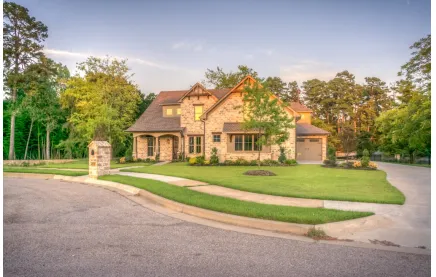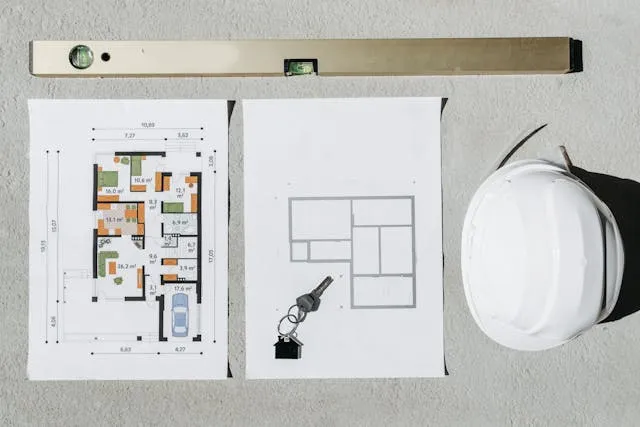Choosing Residential Roofing Materials for Durability and Curb Appeal
The Basics of Residential Roofing: What Homeowners Should Know
Residential roofing is vital in protecting a home from the elements while contributing to energy efficiency and curb appeal. Homeowners should understand the different materials available—such as asphalt shingles, metal, or tile—and how each offers varying benefits in terms of durability, maintenance, and cost. Regular inspections are equally important, as catching small issues early can prevent costly repairs and extend the roof’s lifespan.
Also Read: Are Chennai Homes a Value Buy Compared to Mumbai & Delhi?
When deciding on a roofing solution, climate, budget, and long-term maintenance needs should all be considered. Professional guidance from industry leaders like JR & Co can help ensure you select the most suitable roofing for your home and location. With the right expertise and a clear understanding of the basics, homeowners can make informed choices that safeguard their property for years.
Comparing Roofing Materials: Asphalt, Metal, Clay, and More
Roofing options abound, but most residences use asphalt shingles, metal, clay tiles, or slate. Asphalt shingles are affordable and easy to install, but usually last 15-30 years. Metal roofing is highly durable, lasting 40-70 years, and resists fire and wind. Clay and concrete tiles offer impressive longevity (up to 100 years) and a unique appearance, but are heavier and may need additional roof structure support.
Each type handles wear, weather, and time differently. Asphalt fares well in mild climates, metal shines in snowy or wet regions, and clay suits hot environments. As energy efficiency becomes a higher priority for homeowners, weighing insulation value, reflectivity, and recyclability is essential.
How Climate Influences Your Roofing Choice
Climate is a fundamental factor in roofing decisions. Rooftop materials react differently to heat, cold, moisture, and wind. In hurricane-prone zones, impact-resistant shingles or metal roofing provide optimal protection. Hot, dry climates favor clay or concrete tiles that deflect intense sun; colder regions benefit from metal or high-grade shingles that shed snow and ice.
Reviewing local weather data and building codes helps homeowners align choices with recommendations specific to their geographic area for better long-term durability and fewer repairs. Local environmental demands should always influence your final selection, as a roof that underperforms in your climate can significantly shorten its lifespan.
Balancing Aesthetics and Curb Appeal with Practical Needs
The appearance of your roof is a major driver of curb appeal and home value. Color, texture, and design can complement or clash with your home’s architecture. For example, wood shakes impart rustic charm, while sleek metal offers a contemporary look. Choosing roofing consistent with your neighborhood style can boost your home’s resale value and help it blend or stand out as you wish.
Popular regional styles often stem from practical needs—terracotta tiles are standard in the Southwest, while darker asphalt shingles dominate in the Northeast. Coordinating roofing materials with existing exterior colors and landscaping ensures a cohesive, attractive property.
Innovations in Residential Roofing
Today’s homeowners enjoy access to cutting-edge roofing technology. Cool roofs with highly reflective materials reduce heat absorption and lower cooling costs. Solar-integrated shingles, which generate renewable energy, increase efficiency without sacrificing style. Composite shingles blend recycled materials for eco-friendliness and improved resilience.
Cost Considerations: Budgeting For Your New Roof
Roof replacement is a major investment. Asphalt shingles are the cheapest upfront, but metal, clay, or composite roofs last longer and need less maintenance, possibly outweighing initial costs. Budget for value, not just price. Get quotes, find deals, and explore financing or rebates from utility companies or governments for energy-efficient options to save money long-term.
Installation and Maintenance: Getting the Most Out of Your Roof
Proper installation is as necessary as material choice. Professional contractors handle tasks like old roof removal, surface repair, and water barrier installation, taking a day for shingles or several for complex roofs. Maintenance varies: asphalt shingles need inspections, metal roofs require rust checks, and tile roofs should stay debris-free. Minor cleaning or inspections can be DIY, but major repairs or complete installations need a certified contractor for safety and warranty.
Conclusion: Making a Smart Roofing Decision for Your Home
Picking a residential roofing material is more than aesthetics—it’s an investment in your home’s protection, comfort, and value. When weighing the options, consider the climate, design compatibility, energy efficiency, and maintenance requirements. Consulting a reputable provider ensures professional insight. Whether you’re upgrading for curb appeal or durability, today’s roofing choices offer abundant options for every budget and taste.







